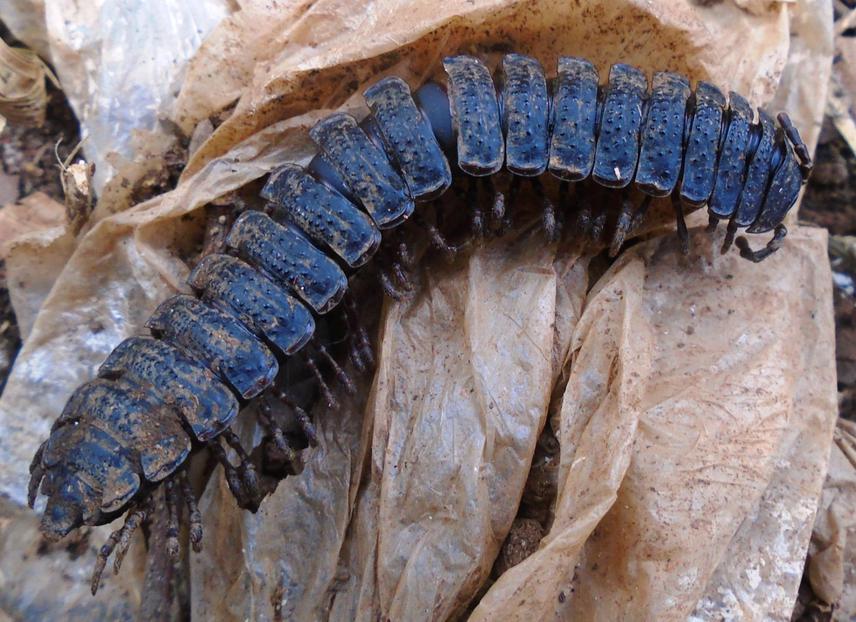Paul Serge Mbenoun Masse
Other projects
5 May 2015
Role of Millipedes as Bio-Indicators of Forest Disturbance in Southern Cameroon Rainforest
This project aims to assess the mountain millipede composition and distribution, taking into consideration the differences in the vertical zonation and the climate.

Coromus sp.
High-altitude, mountainous areas are currently receiving attention because of their importance in the context of global climate-change impacts on biodiversity. An understanding of high altitude faunas, species’ distributions and habitat specificity is therefore important for understanding potential impacts of a range of disturbances including climate change, but also for protecting species which may have limited distribution and may be threatened in shorter term by habitat alteration or destruction e.g. millipedes.
Millipedes are one of the major components of soil fauna and they have a considerable ecological importance for litter breakdown within the decomposition cycle. They have little tolerances and thus respond quickly to environmental change. Therefore, millipedes are indeed an ideal indicator group for monitoring habitat change.
Cameroon highlands are area of high diversity and endemicity of many species. Many studies carried out in this ecoregion were mainly focused on plants, amphibians, birds, reptiles and small mammals. In Arthropoda, Insecta diversity is well documented in some mountains in Cameroon; data about the mountains millipede fauna are extremely scarce in literature, despite their ecological importance in the functioning and conservation of natural habitats.
This study mainly intends to document high-altitude millipedes, species distributions and habitat specificity in order to understand the importance of environmental change, as well as for protecting the species which may be endangered and threatened by habitat deterioration. The results obtained will provide baseline information that will convince conservation offices to increase the protective measures where necessary and promote the protection of these endemic species and their habitats.